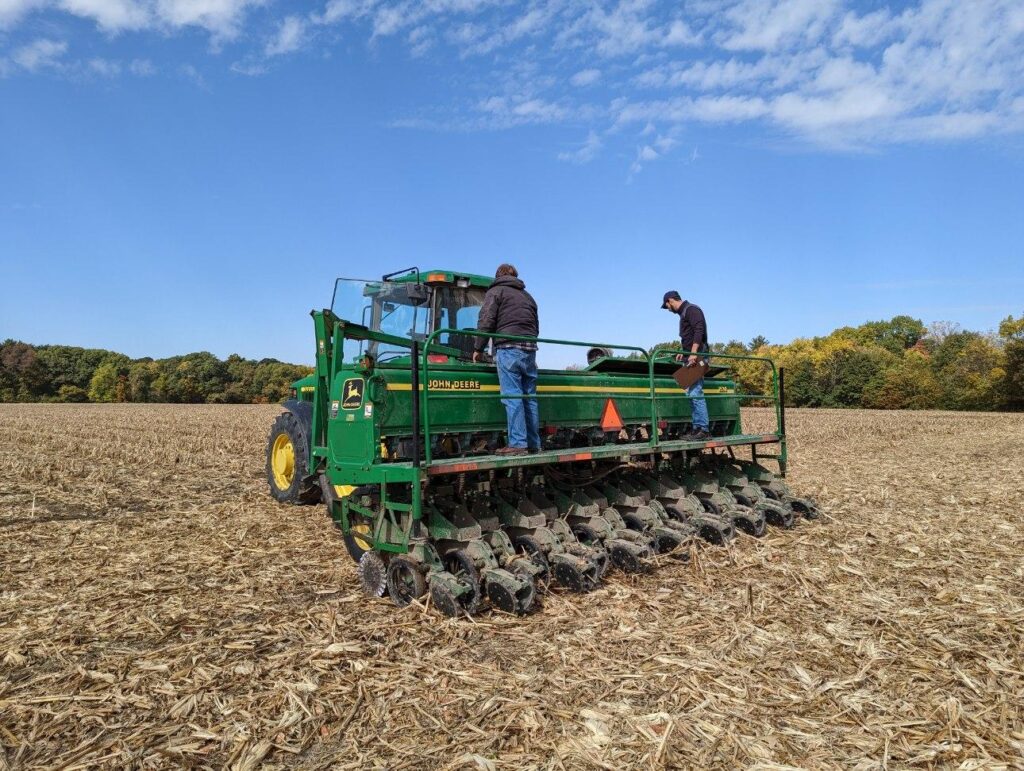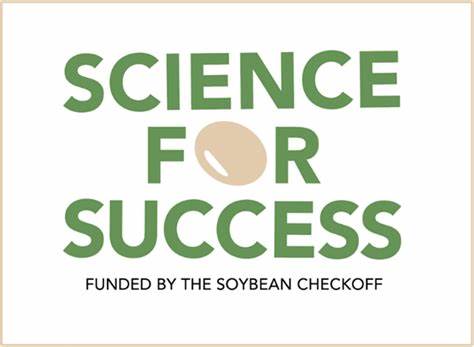Adaptive management for maximizing soybean production following cereal rye termination

Cereal rye is the most commonly grown cover crop in the Upper Midwest because it overwinters and produces considerable biomass in the spring. Soybean is often planted into cereal rye with no problems, but some situations have been noted where yield was reduced. The mechanisms explaining this yield reduction are poorly understood, primarily related to potential soil water storage and soil nitrogen (N) and sulfur (S) immobilization that can affect soybean development and nodulation.
With funding from the Illinois Soybean Association, we established two field trials in Illinois (Urbana and Effingham) to explore nutrient strategies (i.e., N, S, N+S fertilizer application) to overcome N and S supply issues from limited mineralization from cool and wet soils and the potential immobilization of N and S from cereal rye residue.
The Indiana Soybean Alliance funded a companion project, and three field trials were established in Indiana. The findings within each state (IN and IL), coupled with several years of experimentation, would undoubtedly have a large geographic impact and regional recommendations.

Bringing soybean research to light!
U.S. farmers are beneficiaries of the practical research results that come from work funded by the soybean checkoff – national, regional, and state. Now, Science for Success is adding another element to the effort. The checkoff-funded program is amplifying access to timely, data-driven best management practices (BMPs) so farmers can better manage agronomic sustainability.